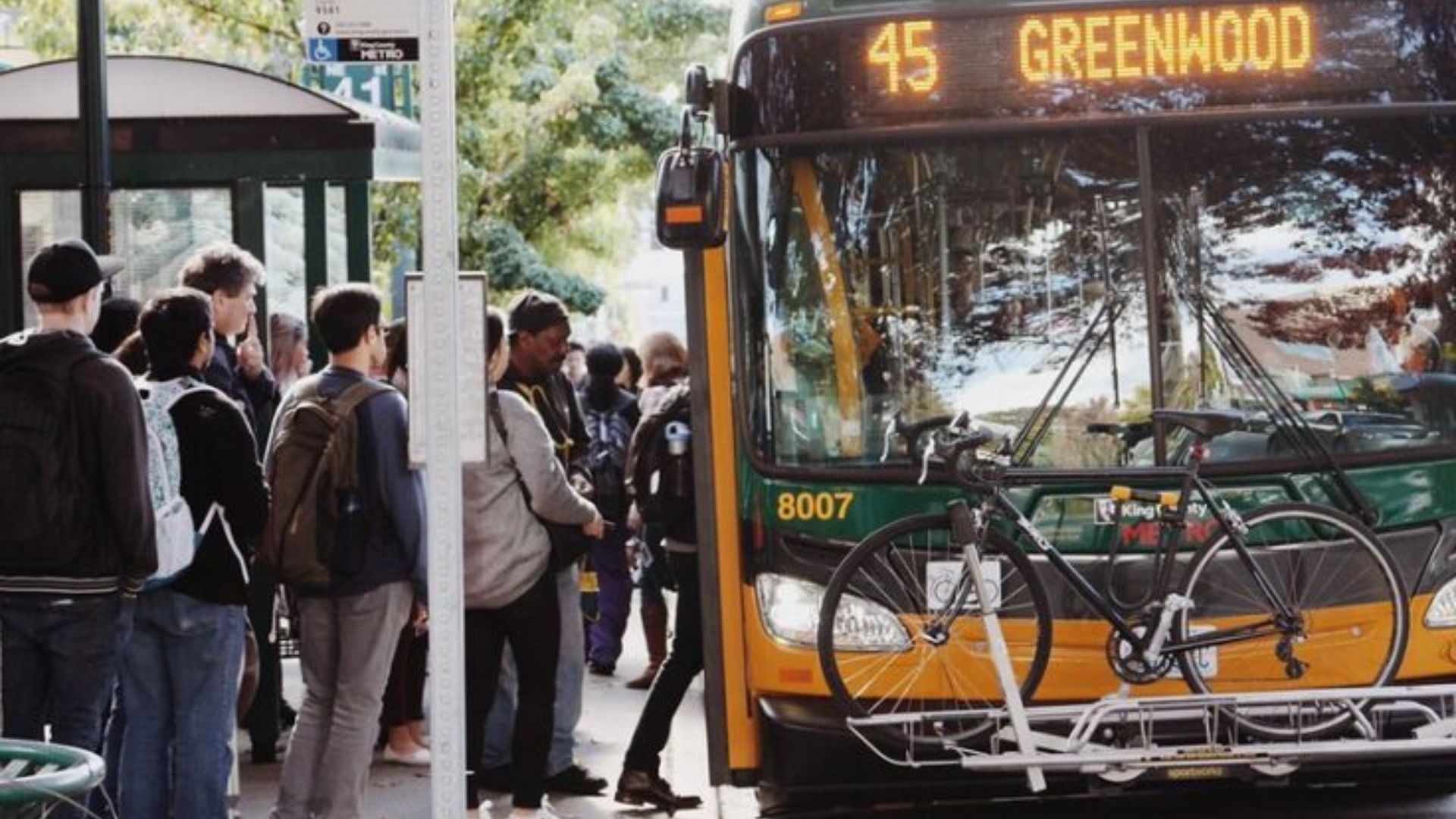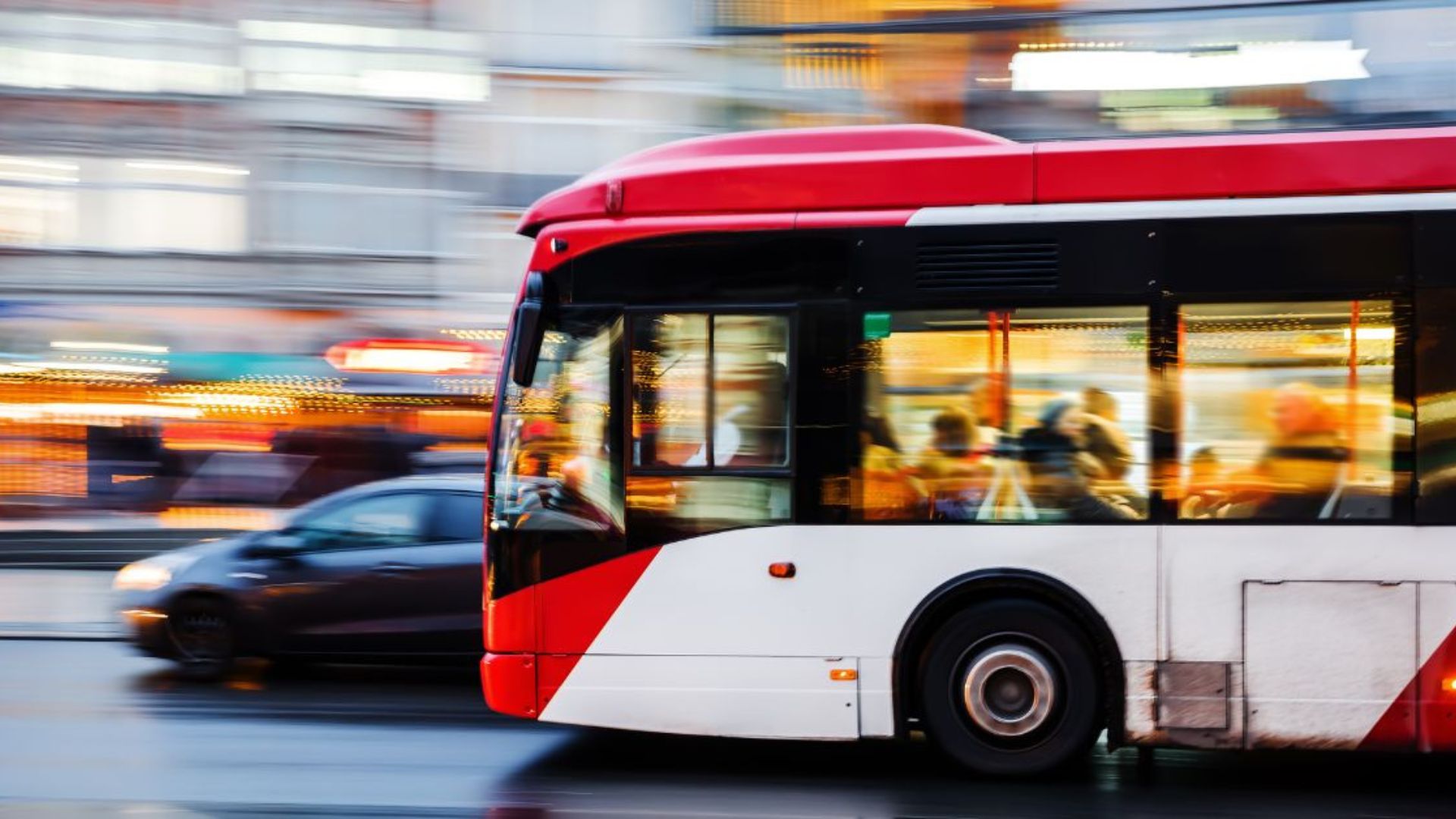Public transportation is a critical component of urban infrastructure that impacts nearly every aspect of city life. Effective public transportation policies can enhance mobility, reduce environmental impacts, and promote social equity. This article explores the importance of public transportation policies for cities, examining their benefits, key elements, and the challenges involved in developing and implementing them.

The Importance of Public Transportation Policies
Definition:
- Public Transportation Policies: Strategies and regulations designed to manage and improve public transit systems, including buses, trains, subways, and other forms of shared transportation.
Benefits:
- Mobility: Provides residents with accessible and reliable transportation options, enhancing their ability to travel for work, education, and leisure.
- Environmental Impact: Reduces reliance on private vehicles, leading to decreased air pollution, lower greenhouse gas emissions, and reduced traffic congestion.
- Economic Development: Supports local economies by improving access to businesses and services, potentially increasing economic activity and job opportunities.
- Social Equity: Ensures that all residents, including those without private vehicles or those from low-income backgrounds, have access to essential services and opportunities.
Key Elements of Effective Public Transportation Policies
Integrated Planning:
- Definition: Coordinating public transportation planning with other urban development plans, such as land use, housing, and economic development.
- Benefits: Creates a cohesive transportation network that supports broader city goals and improves overall efficiency.
- Examples: Transit-oriented development (TOD) focuses on creating walkable communities around transit hubs to maximize the benefits of public transportation.
Accessibility and Inclusivity:
- Definition: Ensuring that public transportation systems are accessible to all residents, including those with disabilities and those living in underserved areas.
- Benefits: Promotes equal access to transportation and helps reduce disparities in mobility.
- Examples: Implementing features like low-floor buses, accessible stations, and multilingual information systems can enhance accessibility.
Sustainability and Efficiency:
- Definition: Adopting environmentally friendly practices and optimizing the performance of public transportation systems.
- Benefits: Reduces the environmental footprint of transportation and improves the reliability and efficiency of transit services.
- Examples: Investing in electric or hybrid buses, expanding bike-sharing programs, and optimizing routes and schedules for better service.
Funding and Investment:
- Definition: Securing financial resources to develop, maintain, and expand public transportation systems.
- Benefits: Ensures that transit systems are well-funded and can operate effectively and sustainably.
- Examples: Funding sources can include government grants, transit fares, public-private partnerships, and local taxes.
Technology and Innovation:
- Definition: Utilizing modern technology to enhance public transportation services and improve user experience.
- Benefits: Increases convenience, efficiency, and safety for passengers.
- Examples: Implementing real-time tracking apps, smart ticketing systems, and advanced fare collection methods can enhance the transit experience.
Challenges in Public Transportation Policy
Funding Shortfalls:
- Issue: Limited financial resources can hinder the development and maintenance of effective public transportation systems.
- Solution: Diversifying funding sources, exploring public-private partnerships, and advocating for increased government support can address funding challenges.
Infrastructure Constraints:
- Issue: Aging infrastructure and capacity limitations can impact the effectiveness of public transportation systems.
- Solution: Investing in infrastructure upgrades, modernizing facilities, and expanding service areas can help overcome these constraints.
Coordination and Integration:
- Issue: Fragmented planning and lack of coordination between different transportation modes can reduce overall system efficiency.
- Solution: Developing integrated transportation plans and improving coordination between transit agencies can enhance system performance.
Equity and Accessibility:
- Issue: Ensuring that all residents have equal access to public transportation can be challenging, particularly in underserved areas.
- Solution: Implementing targeted services and outreach programs to address the needs of underserved populations can improve accessibility.
Public Perception and Usage:
- Issue: Public perception and resistance to using public transportation can impact ridership and support for transit policies.
- Solution: Enhancing service quality, promoting the benefits of public transportation, and engaging with the community can improve public support and usage.
Successful Examples of Public Transportation Policies
Singapore:
- Overview: Singapore’s integrated public transportation system includes buses, trains, and taxis, supported by advanced technology and extensive planning.
- Achievements: High efficiency, widespread accessibility, and strong ridership rates are hallmarks of Singapore’s transit success.
Copenhagen:
- Overview: Copenhagen has invested heavily in cycling infrastructure, creating a bike-friendly city with extensive bike lanes and public bike-sharing programs.
- Achievements: The city’s focus on sustainable transportation has resulted in high rates of cycling and reduced car usage.
Portland, Oregon:
- Overview: Portland has implemented transit-oriented development and extensive public transportation networks, including light rail and bus services.
- Achievements: The city’s approach has promoted walkability, reduced reliance on cars, and supported local economic development.
Conclusion
Public transportation policies play a vital role in shaping urban environments, affecting mobility, sustainability, and social equity. Effective policies ensure that transit systems are accessible, efficient, and well-funded, addressing the needs of growing populations and enhancing the overall quality of life in cities. By focusing on integrated planning, accessibility, sustainability, and innovation, cities can develop public transportation systems that support vibrant and equitable urban communities.

